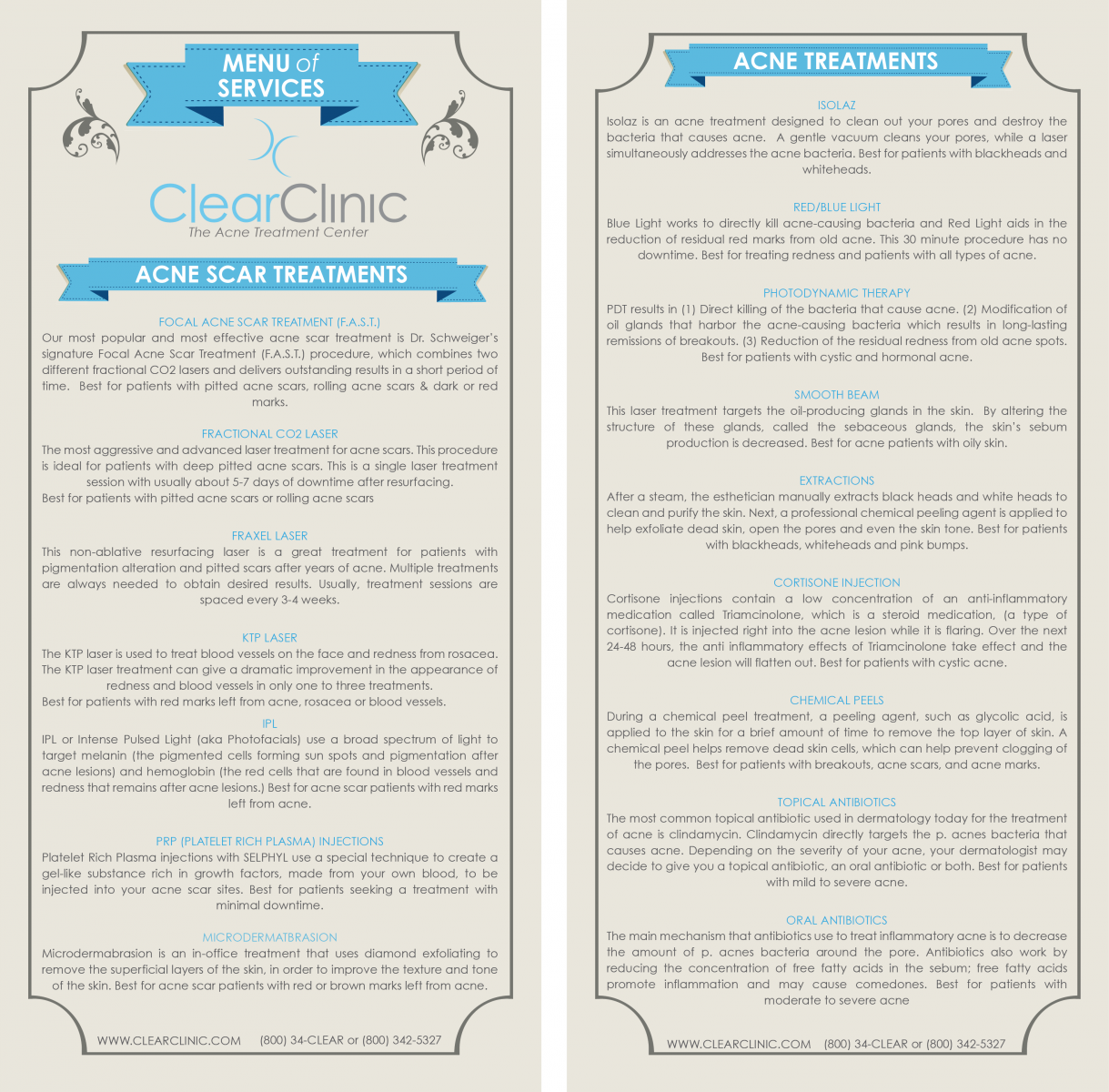Why Do I Have Adult Acne?
Most people assume that, by the time they reach their twenties, their acne days are behind them. The truth is that adult acne, which can present anytime and flare into your sixties, is a common phenomenon. Adult acne requires unique treatments that address the changing concerns of an adult patient – for example, the adult acne patient is concerned with anti-aging and getting rid of acne fast! The teenage patient want the acne gone, but often isn’t too stressed about it in the meantime.
The big question is, ‘Why do I have adult acne in the first place?’ Dr. Schweiger explains that, “As you become an adult and continue to age, the normal hormones in your body shift. For some people this results in greater sebum production, particularly for women, which can clog the pores and lead to the formation of a microcomedone. The microcomedone is the precursor to a true acne lesion.”
Although men often experience adult acne, the condition is more commonly seen in women. Patients with adult acne often benefit from a combination of prescription treatments and in-office laser and light-based treatments. Prescription medications, such as topical retinoids, not only treat acne, but also stimulate collagen production. For this reason, retinoids provide an anti-aging benefit as they fight acne. In-office laser and light-based acne treatments are popular treatments for adult acne, because they yield faster and more impressive results sooner than prescription medications. Treatments such as the Isolaz acne treatment and Photodynamic Therapy (PDT) can produce improve in active acne in as short as one week for some patients!









